Weeds are often seen as nothing more than unwanted intruders that take over gardens and compete with desired plants for nutrients and space. However, not all weeds are harmful—some offer surprising benefits to your garden ecosystem. Many so-called weeds are actually edible, medicinal, or beneficial to soil health and pollinators. By understanding the advantages of these plants, you can turn them into assets rather than problems. In this article, we’ll explore 14 unexpected weeds that could be just the garden helpers you’ve been looking for.
1. Dandelions
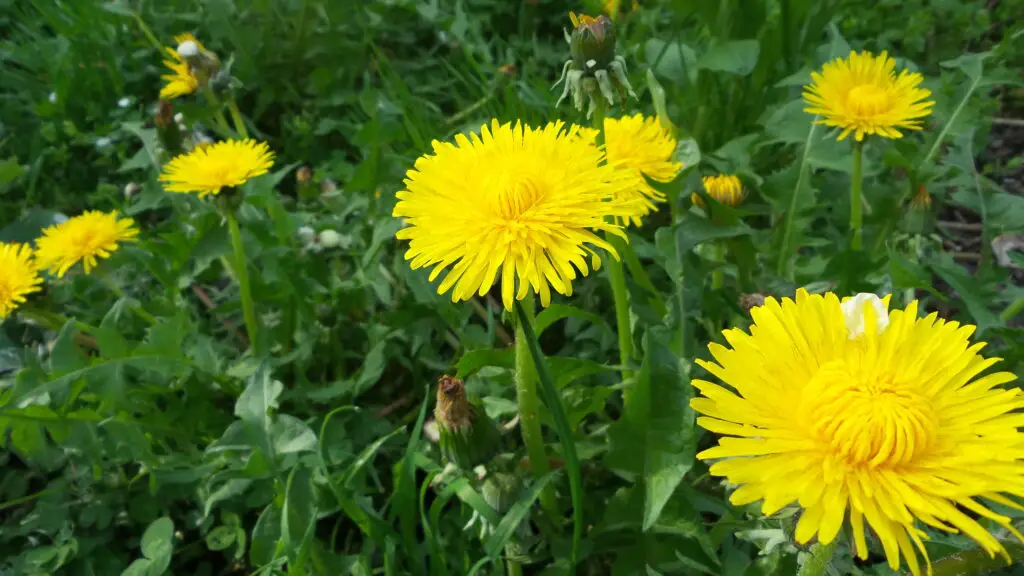
Dandelions are often considered a pesky weed, but they are highly beneficial to gardens. According to The Spruce, dandelions have deep taproots that help break up compacted soil and bring nutrients from deep below the surface. Their roots also help aerate the soil, improving water retention and drainage. Dandelion flowers are also a great source of nectar for bees and other pollinators.
In addition to soil benefits, dandelions are edible and can be used in a variety of dishes, from salads to teas. The leaves are rich in vitamins A and C, and the roots have been used in traditional medicine for their detoxifying properties. Rather than eliminating dandelions, consider harvesting them for culinary or medicinal use. Their deep roots can also draw up minerals that can be beneficial to your garden’s soil.
2. Clover
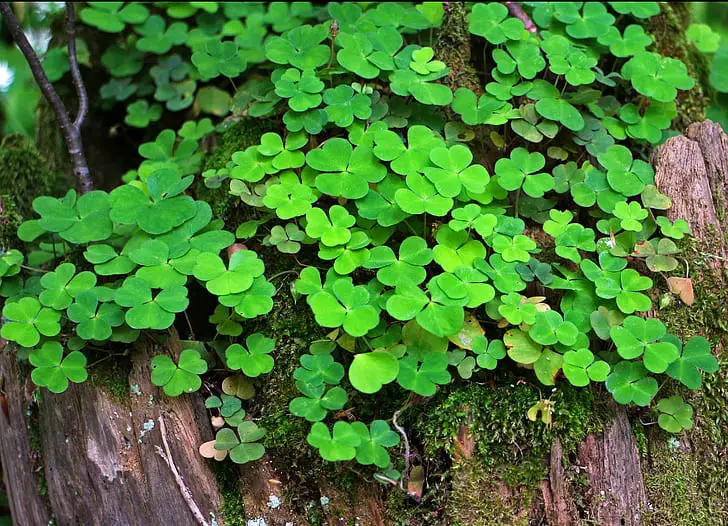
Clover is another common weed that can actually benefit your garden in several ways. As noted by the University of California, clover is a nitrogen fixer, meaning it can naturally add nitrogen to the soil. This helps to fertilize your garden and reduce the need for synthetic fertilizers. Clover also serves as a ground cover, preventing soil erosion and helping to retain moisture.
Additionally, clover is a favorite of pollinators like bees, making it an excellent plant for attracting beneficial insects to your garden. Its low-growing nature also makes it a good companion plant for taller crops, as it prevents weeds from taking over the soil. By encouraging clover to grow, you can enrich your garden’s soil and help support biodiversity in your local ecosystem.
3. Nettles
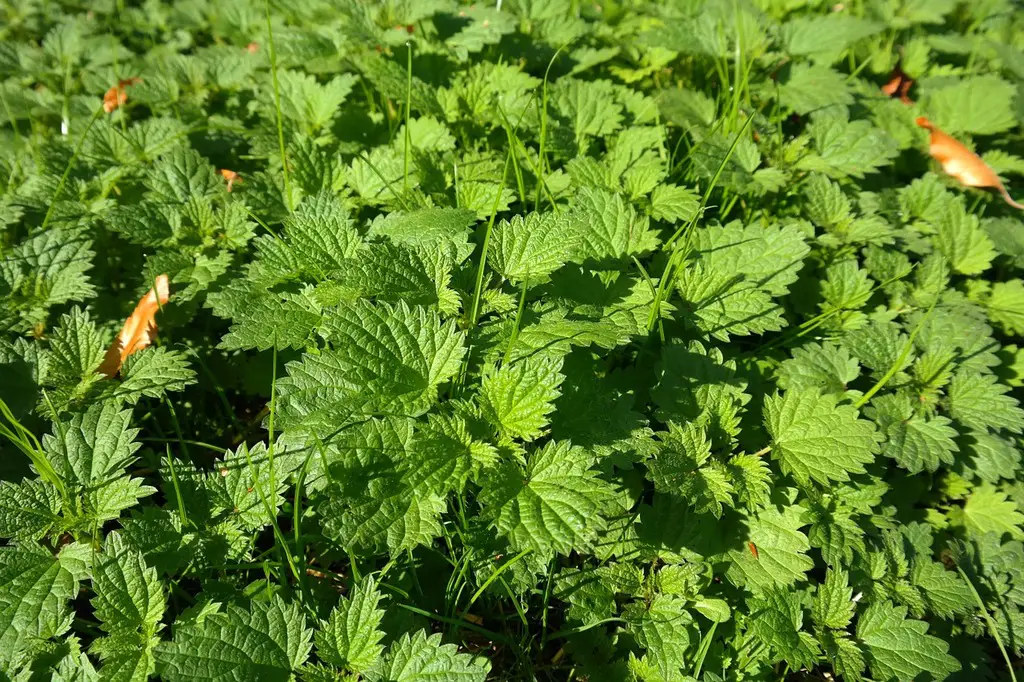
Nettles may sting when touched, but they offer valuable nutrients to the garden when used properly. According to Gardening Know How, nettles are excellent for composting as they are rich in nitrogen, which helps break down organic matter. They can also be used to make a nutrient-rich nettle tea that can be applied as a fertilizer for plants.
In addition to their composting benefits, nettles are a food source for pollinators like butterflies and moths. Their young leaves are edible and can be used in soups, teas, or salads once cooked to neutralize their sting. Nettles are also used in traditional medicine for their anti-inflammatory properties. Rather than removing nettles, try incorporating them into your garden’s health regimen.
4. Purslane
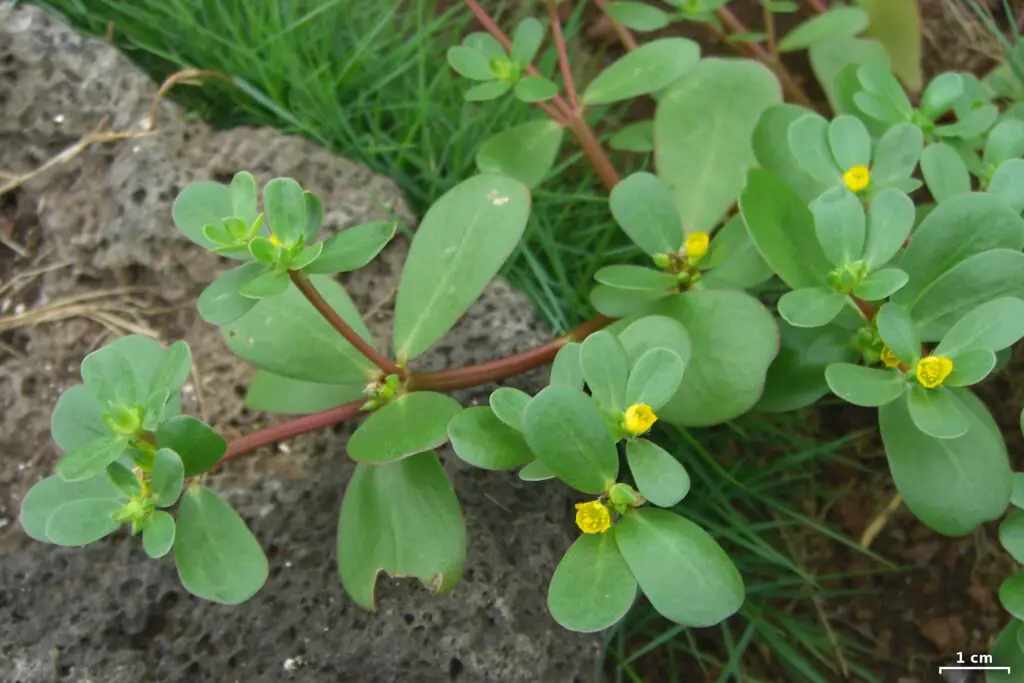
Purslane, often regarded as a nuisance weed, has numerous advantages for gardeners. According to the University of Maryland Extension, purslane is rich in omega-3 fatty acids, vitamins A and C, and antioxidants, making it a great addition to your diet. It is also a hardy ground cover that helps suppress other weeds and prevent soil erosion.
In addition to being edible, purslane is a great companion plant for your garden. It thrives in poor, dry soil and can help retain moisture around other plants. Purslane’s ability to grow in difficult conditions makes it a valuable weed to have around, particularly if you are dealing with drought-prone areas in your garden. Instead of pulling purslane, consider incorporating it as a beneficial ground cover.
5. Chickweed
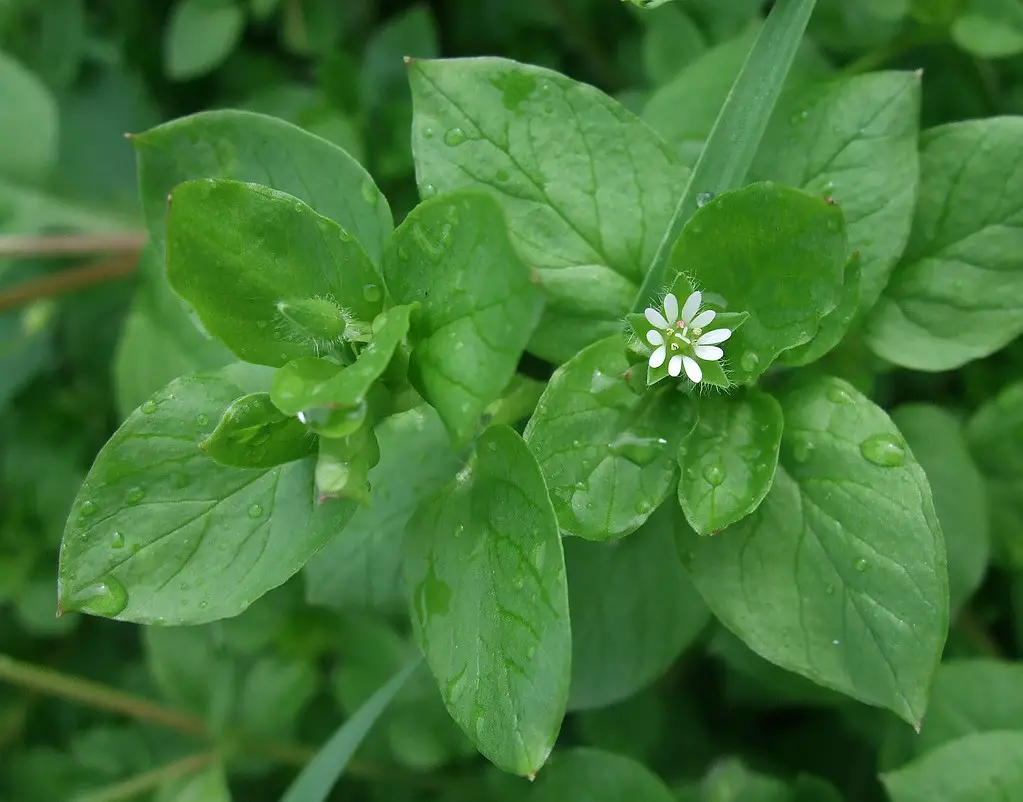
Chickweed is a fast-growing weed often found in gardens, but it is also a valuable plant with a range of benefits. This low-growing plant is known for its ability to spread quickly, providing excellent ground cover and helping to suppress other unwanted weeds. Chickweed can also improve soil structure by preventing soil erosion, especially in areas where the soil tends to be loose.
In addition, chickweed has edible leaves that can be used in salads or made into herbal teas. The plant is known for its mild, soothing properties and has been used in traditional herbal remedies to treat ailments like sore throats and skin irritations. Chickweed also attracts beneficial insects, such as ladybugs, which can help control pest populations in your garden.
6. Plantain
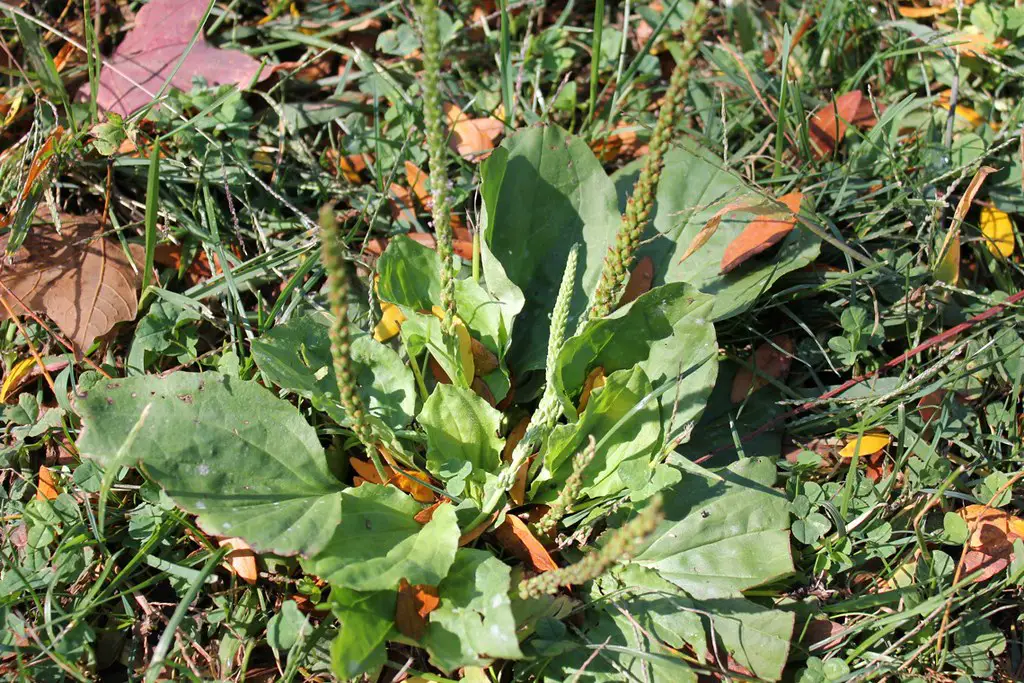
Plantain is often found growing in lawns or disturbed soil, but it offers several unexpected benefits to your garden. Plantain’s deep roots are excellent at breaking up compacted soil, which improves drainage and aeration. The plant also helps to draw up nutrients from the soil and make them available to other plants around it.
In addition to its soil benefits, plantain leaves are edible and can be used in a variety of ways, such as in salads, soups, or teas. The plant is also valued for its medicinal properties, especially in treating wounds and soothing skin irritation. By allowing plantain to grow in your garden, you can improve your soil’s health and create a sustainable, multi-purpose plant.
7. Yarrow
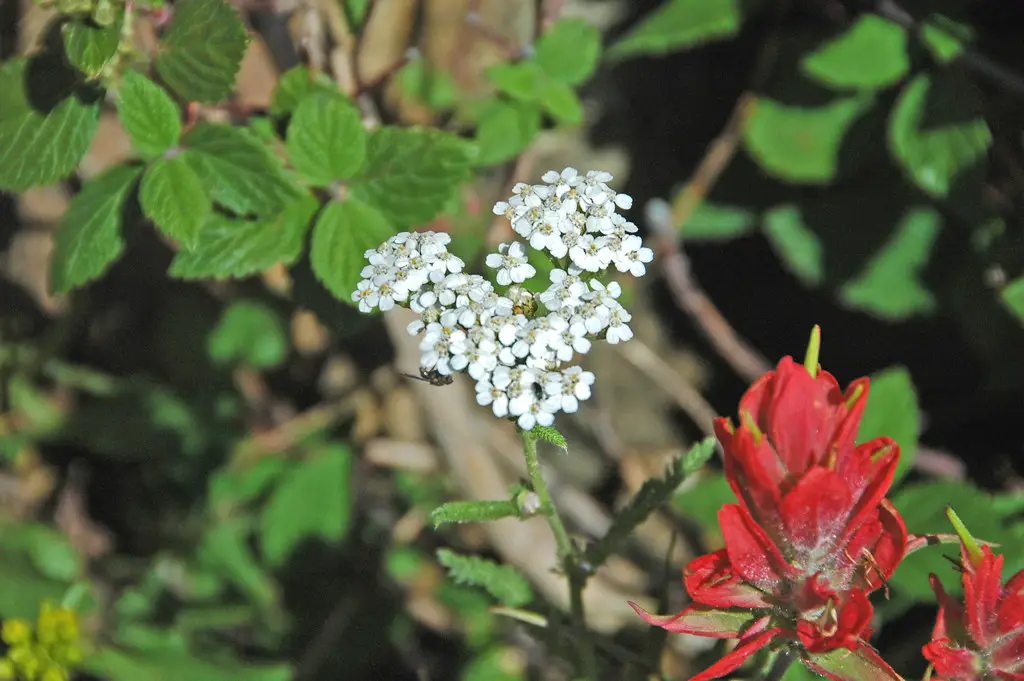
Yarrow is a hardy weed that provides numerous benefits to gardens, particularly when it comes to improving soil health and attracting beneficial insects. According to the National Gardening Association, yarrow is known for its ability to draw in predatory insects, such as ladybugs and lacewings, that help control pest populations. It also has deep roots that help break up compacted soil, making it easier for water and nutrients to penetrate.
Yarrow’s flowers are also an excellent source of nectar for pollinators like bees and butterflies. Additionally, yarrow can be used as a medicinal herb, as it has anti-inflammatory and antimicrobial properties. Its ability to thrive in a variety of conditions makes it a great addition to a diverse and sustainable garden.
8. Lamb’s Quarters
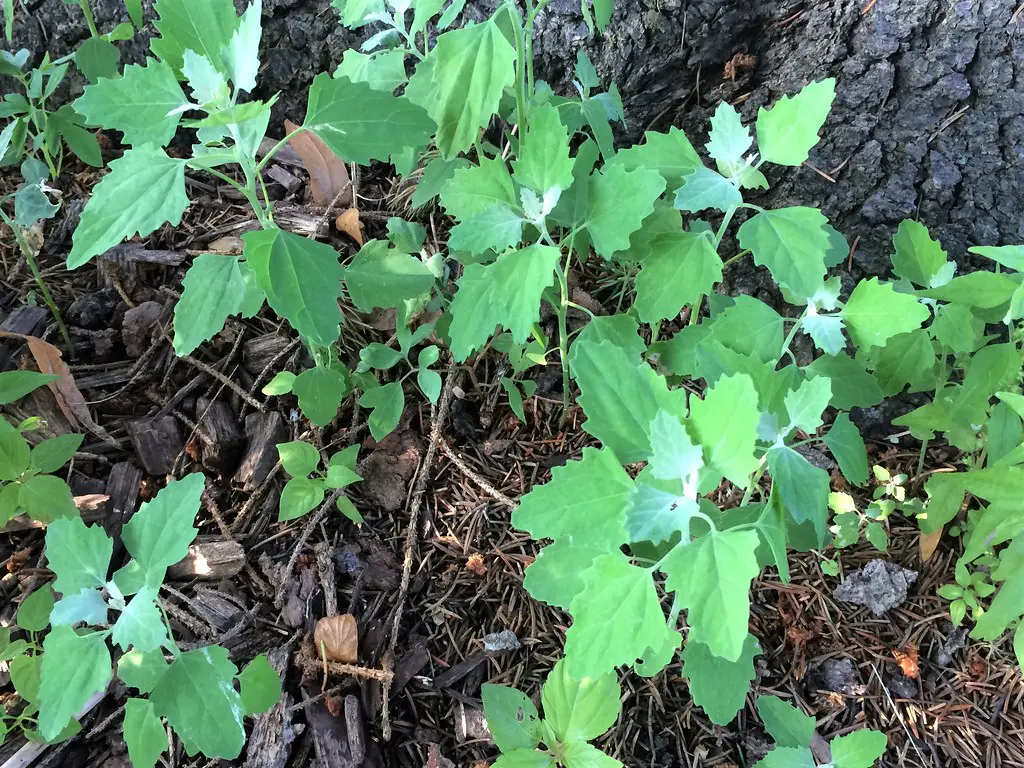
Lamb’s quarters are often seen as a weed, but they offer several benefits to gardeners. This plant is rich in nutrients, including vitamin A, vitamin C, and iron, and can be used in cooking like spinach or other leafy greens. Its leaves and seeds are edible, making it a valuable addition to your garden’s harvest.
Lamb’s quarters also have excellent soil improvement qualities, as they help to reduce soil erosion and increase organic matter. The plant has a high tolerance for poor soil conditions, making it ideal for growing in areas where other crops might struggle. Rather than pulling it up, consider using lamb’s quarters as a nutritious addition to your meals while improving the soil in your garden.
9. Comfrey
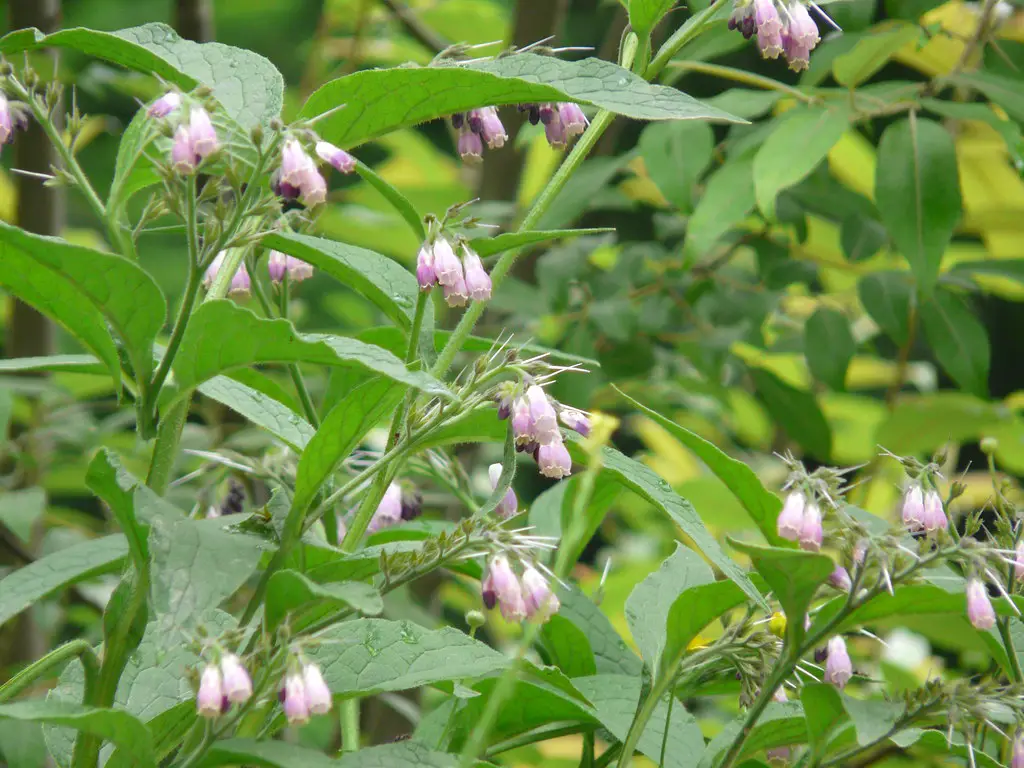
Comfrey is a perennial plant that is often considered a weed, but it has many advantages for gardeners. The leaves of comfrey are rich in potassium, phosphorus, and other nutrients, making it an excellent natural fertilizer. According to the Royal Horticultural Society, comfrey can be used to make a potent liquid fertilizer by steeping the leaves in water.
Comfrey also has deep roots that help improve soil structure by bringing up nutrients from deeper layers of soil. It can be used as mulch around other plants to help retain moisture and suppress weeds. Additionally, comfrey’s attractive flowers are a favorite of pollinators, contributing to a healthy and biodiverse garden.
10. Ground Ivy
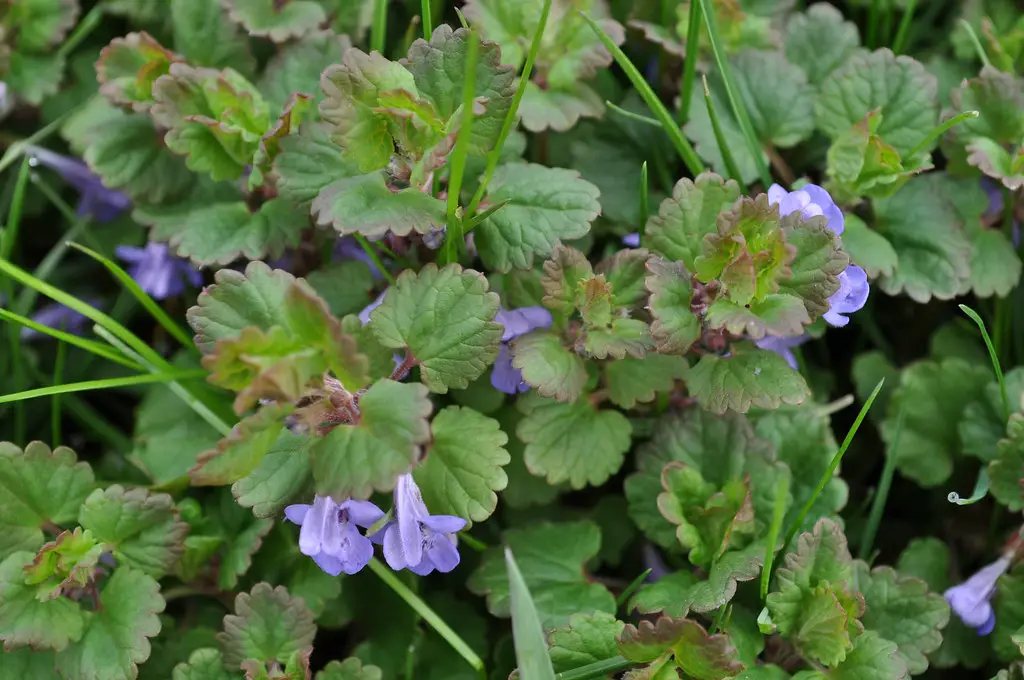
Ground ivy is a low-growing weed that can be beneficial in your garden in several ways. It’s known for its ability to act as a natural ground cover, which helps to suppress weeds and prevent soil erosion. Ground ivy also has medicinal uses, as its leaves can be used to make herbal teas that are believed to have anti-inflammatory properties.
As a ground cover, ground ivy can also help retain moisture around other plants, reducing the need for frequent watering. Its ability to grow in shady areas makes it a great choice for filling in spaces under trees or along fences where other plants may struggle. While it can be invasive, managing its growth can turn it into a valuable garden ally.
11. Mallow
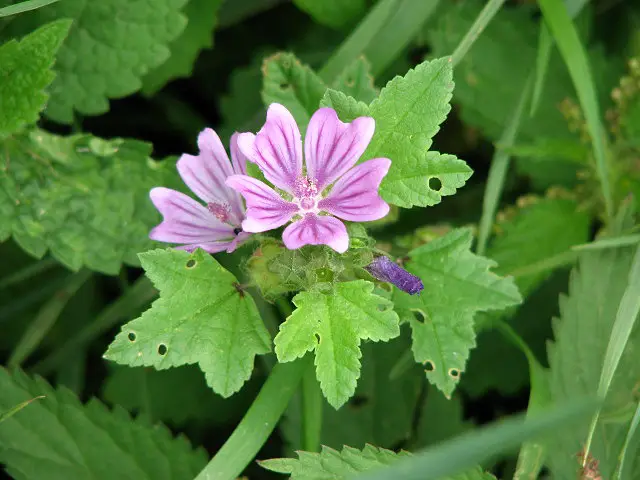
Mallow is often dismissed as a weed, but it offers several benefits for gardeners. Its leaves and flowers are edible, and the plant is rich in antioxidants, making it a healthy addition to your diet. Mallow’s flowers also attract pollinators, including bees and butterflies, which are essential for a thriving garden ecosystem.
Mallow is also beneficial for soil health, as its deep roots help break up compacted soil. This allows water and nutrients to penetrate more easily, improving the overall health of your garden. Mallow’s ability to thrive in poor soil conditions makes it a valuable plant for gardens that need a little extra help in certain areas.
12. Violet
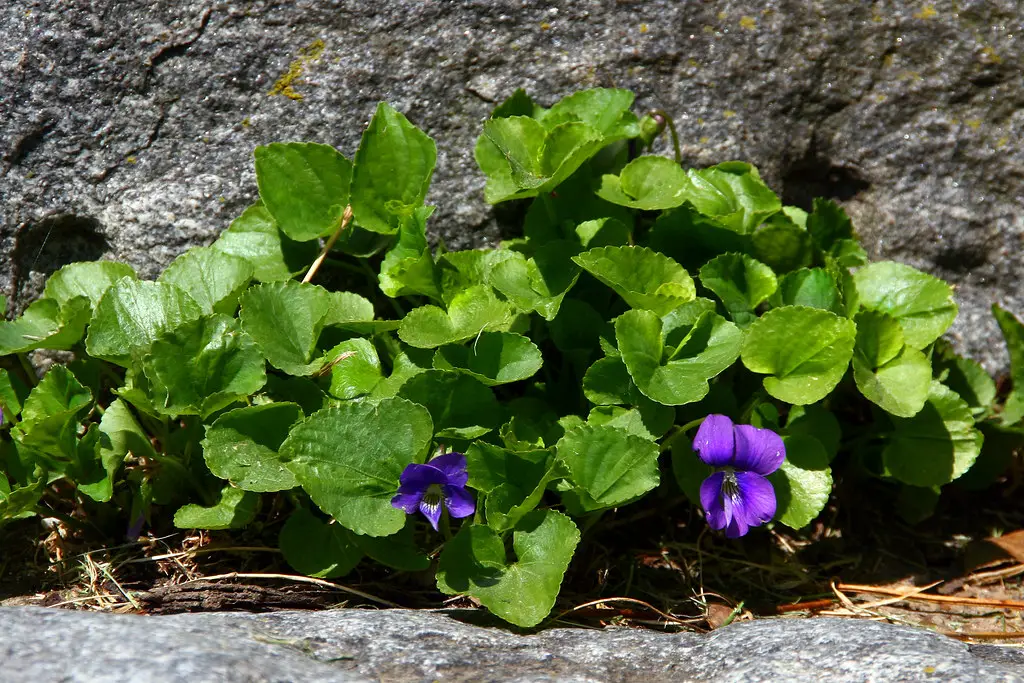
Violets are often seen as an invasive weed in lawns and gardens, but they offer many benefits. Their heart-shaped leaves and colorful flowers provide beauty and biodiversity, attracting pollinators like bees and butterflies. Violets also act as a ground cover, helping to prevent soil erosion and suppressing other weeds.
Violets are edible, and both the leaves and flowers can be used in salads, teas, or as garnishes. They are also known for their medicinal properties and have been used in traditional remedies to treat sore throats, coughs, and skin conditions. Rather than pulling violets out of your garden, consider harvesting them for their culinary and health benefits.
13. Creeping Charlie
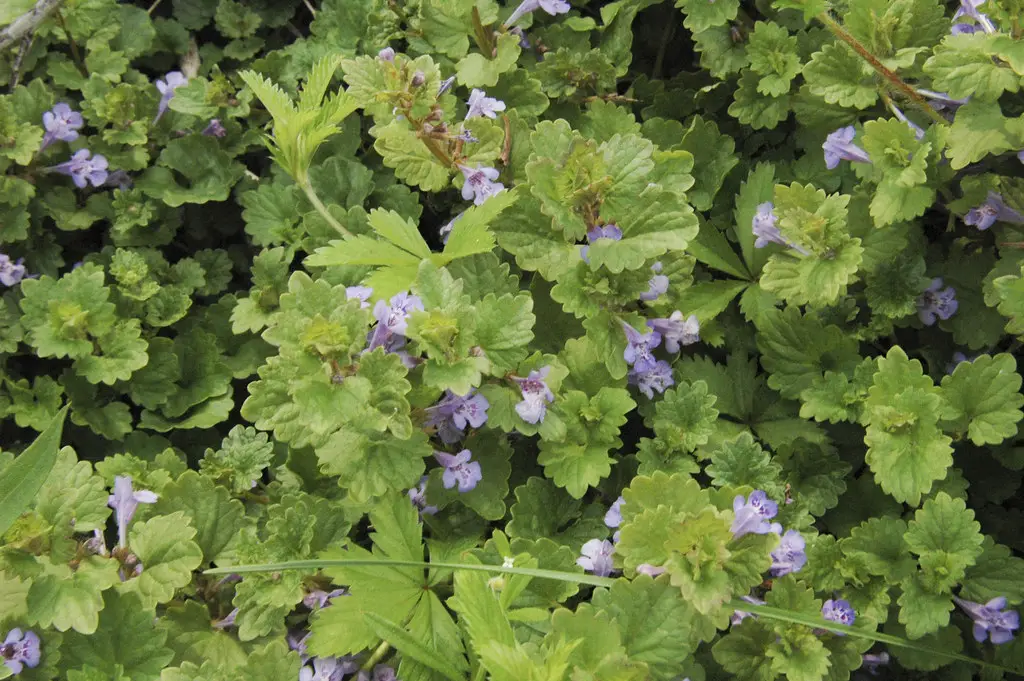
Creeping Charlie, or ground ivy, is often dismissed as a nuisance, but it offers several garden benefits. This weed thrives in shady areas and acts as an excellent ground cover, preventing soil erosion and competing with other weeds. Creeping Charlie’s fragrant purple flowers are attractive to pollinators like bees, making it a valuable addition to a garden.
In addition to its ground-covering abilities, creeping Charlie can be used in herbal remedies. Its leaves are sometimes used in teas for their purported anti-inflammatory and digestive benefits. By allowing creeping Charlie to grow in shaded areas of your garden, you can help improve the health of the soil while providing a haven for pollinators.
14. Buttercup
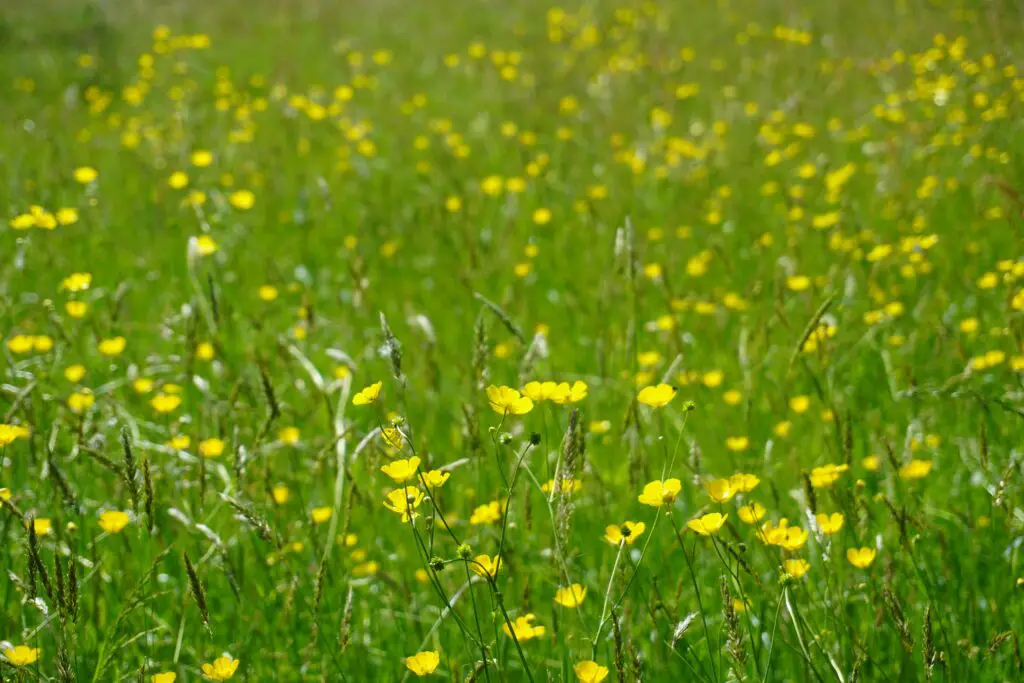
While buttercups are often thought of as pesky weeds in lawns, they can be beneficial in certain garden contexts. Their bright yellow flowers add a pop of color and attract pollinators, particularly bees. The plants themselves can also help improve soil quality by breaking up compacted soil with their deep roots.
However, caution is necessary, as buttercups can be toxic to livestock and pets if ingested. If you are concerned about this, consider growing buttercups in a controlled area where they won’t pose a threat to animals. Their ability to thrive in poor soil conditions and their benefits to pollinators make buttercups a worthwhile addition to certain garden environments.
